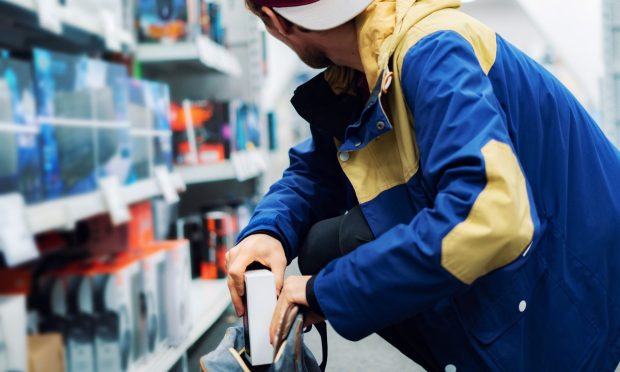From Bullet-Proof Glass to eCommerce Shift, Crime Spree Spawns Rethink on Retail

You’ve seen the shocking videos and read the growing news reports. U.S. retailers are under siege from an unprecedented attack of organized criminals helping themselves to thousands — and in some cases even millions — of dollars’ worth of merchandise, in brazen heists often conducted in broad delight.
As much as high-priced luxury goods are a favored target, the rise in these large-scale, high-profile thefts goes well beyond designer boutiques and high-end stores, and has also seen hits on pharmacies, apparel and even bulk heists of laundry detergent and shampoo from supermarkets.
So prevalent is this spate of theft that 21 CEOs from some of the nation’s biggest retailers asked for help from Congress last week to fight a problem they say is both costly and dangerous to customers and employees alike.
“This trend has made retail businesses a target for increasing theft, hurt legitimate businesses who are forced to compete against unscrupulous sellers, and greatly increased consumer exposure to unsafe and dangerous counterfeit products,” the group added, while calling for quick passage of legislation to address the problem.
Read more: As ‘Smash and Grab’ Spate Continues, Retail CEOs Turn to Congress for Help
Tough Problem, Tough Solutions
Of course, the fact that this troubling trend is happening during the critical retail holiday season has only heightened the need for rapid solutions. Where once a family outing to the mall or other retail venue in December would have included a photo on Santa’s lap amid holiday muzak and colorful decorations, shoppers in hard-hit areas today are apt to find seasonal displays housed behind bullet-proof glass, or have their browsing being watched-over by armed guards or police — that is, if they decide to go at all.
While the final foot traffic tallies are still up for grabs, PYMNTS’ Black Friday retail analysis showed that stores did OK but online retail did better. Specifically, in-store shopping was up from terrible year-ago levels caused by COVID closures, and eCommerce totals were down slightly from 2020 when consumers had no other choice.
But the smash-and-grab trend was just gaining momentum and prominence at the point and has only gotten worse over the past two weeks.
Read the report: The Top 5 Things We Learned About the US Shopper From Black Friday
Is It Even Worth It?
For some retailers, including CVS and Walgreens, the rise in crime in a few of the worst-hit ZIP codes in California or Illinois was greater than the business case for keeping a location open, causing some stores to simply close their doors.
What’s also interesting is the effect that all of this has had on digital sales, or more precisely the corporate and consumer embrace of them. While retail CEOs and trade associations have targeted the proliferation of online black-market resellers as a major reason why mass-shoplifting is rising, the fact that increased digital security fraud and ID verification efforts have made theft on that side comparably small cannot be overlooked.
Add in the general current shortage of individuals looking for (or willing to take) public-facing jobs on the front lines of retail, as well as the ongoing societal comfort and frequency of online shopping, and the case for safely making sales another way starts to make a lot of sense.